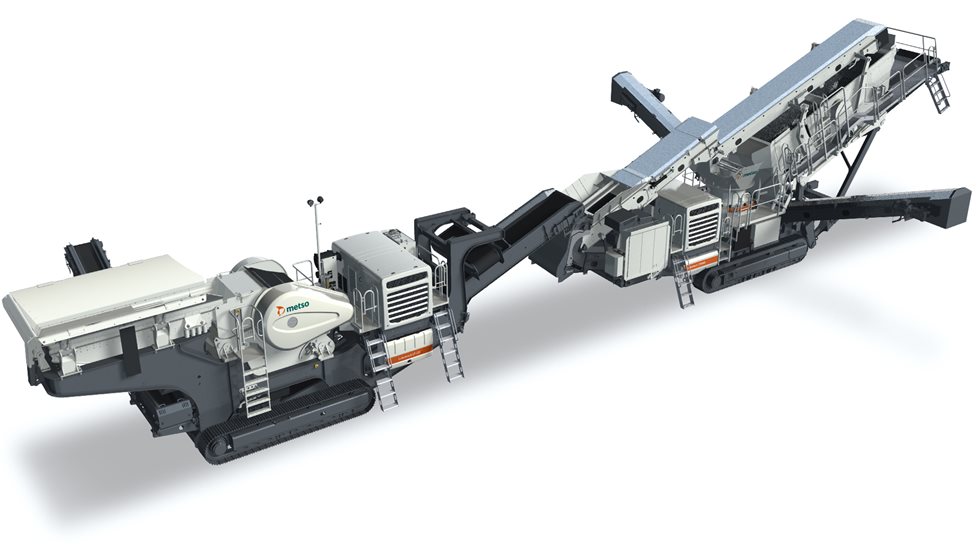Luckily for us, developers of Lokotrack crushing plants, we have been manufacturing mobile crushers and screens here in Tampere, Finland for over 30 years. During that time, more than 11,000 Lokotrack plants have passed through the production line. Three decades is a decent amount of time to learn to understand mobile crushers, and especially the people Lokotrack is working for.
Before we go into the details and niceties of mobile crushers, it is good to revise why they exist in the first place: Lokotrack plants are machines that are designed to crush rocks and recycled materials for various purposes, such as infrastructure construction. The product family consists of several models with different job descriptions, from ones that operate mainly in distant locations, such as quarries, to others utilized in the heart of bustling cities.
In a sense, every Lokotrack is unique
– they are all made to respond to a particular customer’s current needs in the best possible way. However, from an industrial designer’s perspective, Lokotrack plants also have many similarities. This is due to the nature of the customers who need mobile crushers in their operations. Mobile crushing machines don’t add value for customers until they are fully operational at the site; so, in order to serve customers in the best way, Lokotrack must be produced and delivered as quickly as possible. To ensure this speedy supply, they are based on “modular” solutions. In other words, similar components are exploited in various models. This modular production speeds up assembly and shortens delivery times, but for an industrial designer, it creates interesting challenges. For example, when renewing one Lokotrack model, the designers and engineers must keep in mind the requirements of the entire product family.
When it comes to designing a Lokotrack, we cannot think enough about the users of the machines. Is this solution easy to use? Are the different parts and pieces in the optimal position for every need? How are the safety risks minimized? Does the model look modern and fit well in the operating environment? A crusher consists of so many vital moving parts that interact with each other that, fortunately, compatibility can be tested virtually. Before every prototype of a new Lokotrack, a 3D model is made, which helps in evaluating whether the planned design matches well with the technical peculiarities. If it doesn’t, then we have to take a step back and rework some of the details, and try again. That way, a prototype is already more likely to be not just well-functioning, but also simple – simple to use, adjust, maintain, and manufacture. Later it can be tested in action at an actual site.
Developing Lokotrack plants is a never-ending process
As customer needs change and materials improve, mobile crushers also progress. They become more mobile and safer, and they expend less energy. The most recent visible changes are due to the development of composite materials. Before, for example, all the covers and shields on Lokotrack plants were made of heavy, durable sheet metals that were, at times, challenging to handle. When advanced composite parts replaced the metal covers, the weight of the covers dropped, and maintenance became significantly smoother. The composite parts are also easy to mold and practical to handle during installation. Moreover, the lighter composite components enabled new housing designs that reduce noise and dust – useful especially for crushers operating near residential areas.
Lokotrack is a 30-year-old invention that keeps improving. How they will look and feel in the future, we don’t know yet. The new machines will definitely make more and more use of digital tools, and remotely controlling the whole fleet automatically will be easier than before. Optimizing production levels, the quality of the end product, and maintenance will also improve with additional data. However, whatever the concept will be, the industrial design plays a key role in making the new solutions fit customers’ constantly evolving needs.

